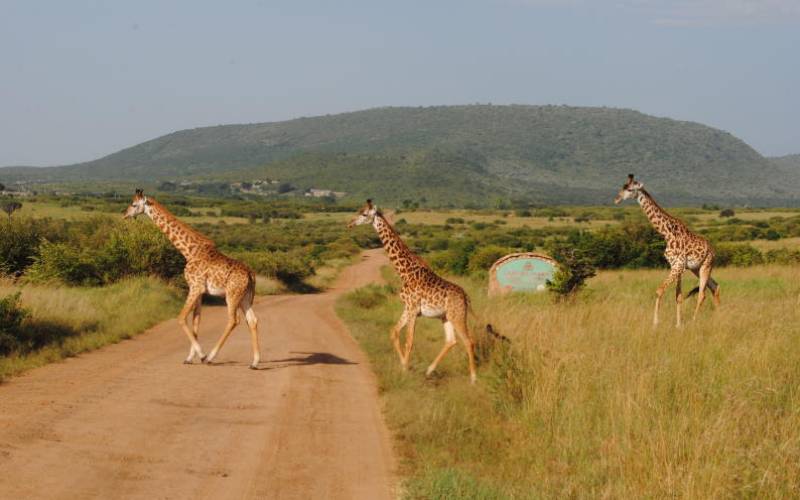
The Narok County Government and Masai Mara Wildlife Conservancy Association have signed a two-year agreement that accelerates conservation efforts for one of Africa’s most famous animal sanctuaries.
Alongside the larger Serengeti, The Masai Mara National Reserve is known for, among other things, the annual great migration of wildebeests. This is a spectacle in which over two million wildebeests, flanked by zebras and gazelles, migrate to the greener parts of the Mara-Serengeti ecosystem. The sight is so unusual it has been described a wonder of the world.